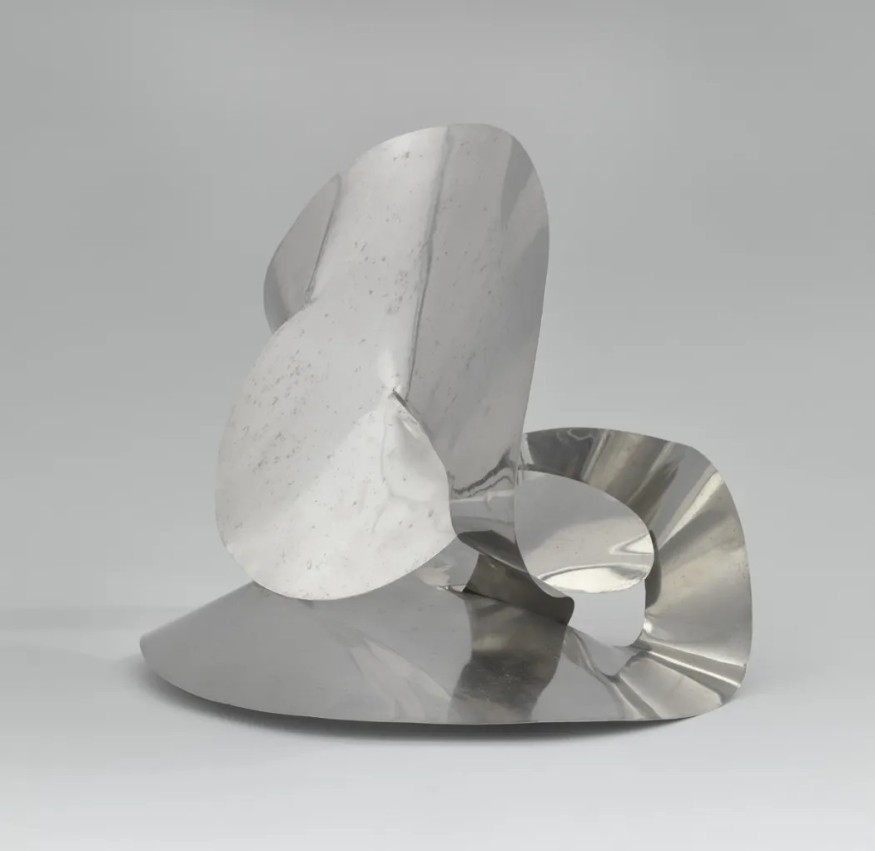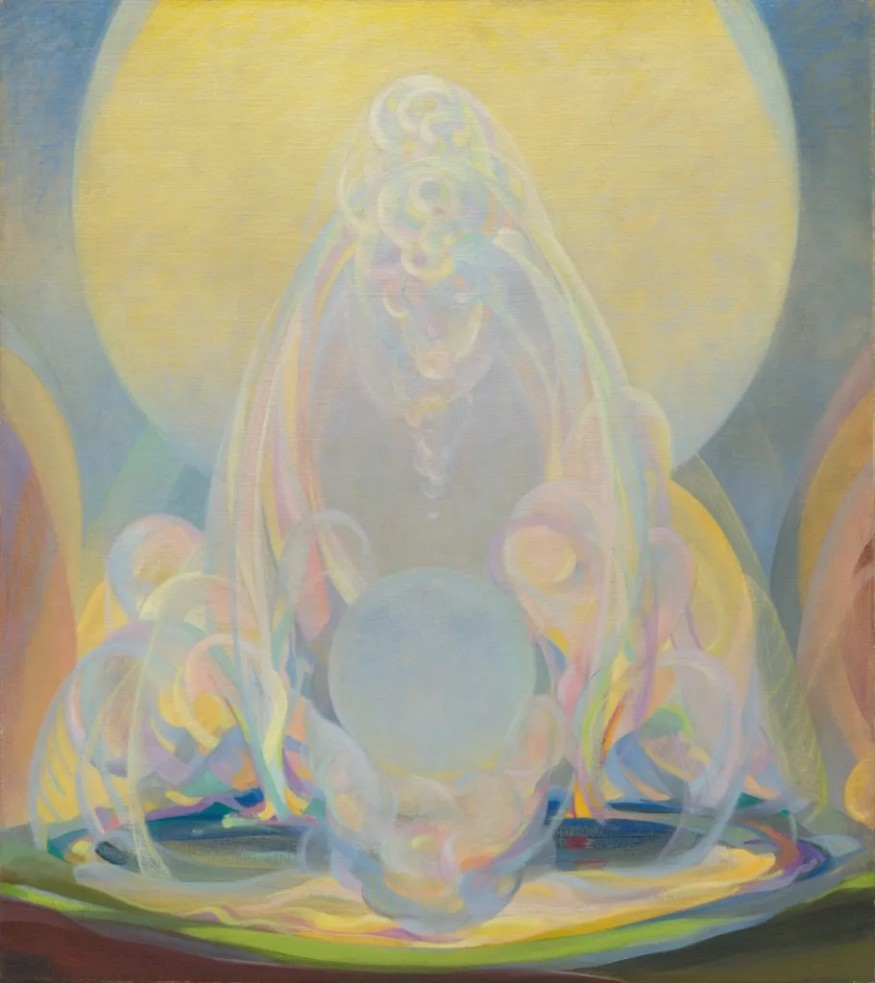10 Must-See Artworks at New York's Museum of Modern Art
The Museum of Modern Art, more commonly named MoMA in New York, is another leading attraction for modern and contemporary art aficionados. Since its inception, it has been serving the cause of collecting, preserving, and displaying a multitude of forms of art that have been classified and categorized in contemporary classification systems into such segments as architecture and designing, drawing and painting, sculpture, photography, and motion pictures, digital and graphic images.
A Brief History of MoMA
The MoMA was founded with the help of art collectors such as Lillie P. Bliss, Mary Quinn Sullivan, and Abby Aldrich Rockefeller in the late 1920s. It planned to break the conservative policies of oriented museums for a new establishment based solely on the modern arts. The MoMA is situated in midtown Manhattan, New York City. It is popular, attracting approximately three million visitors per annum, making it among the most renowned art destinations globally.
Expansion and Modernization
It has been a favorite destination for art enthusiasts for several decades because of its vast collection that needed expansion over the years due to space constraints. ADMISSION The museum opened in 2012 after a major expansion in 2019 by Diller Scofidio + Renfro and Gensler increased its exhibition size from 24 to 40,000 square feet. Another alteration made through this renovation was the targeted strategy for exhibiting its collection - by changing displays every several months and designing them as micro-exhibitions dedicated to particular artists, dates, techniques, or concepts.
Also Read : 10 Pop Art Visionaries Who Revolutionized the Modern Artistic Landscape and Achieved Greatness
Highlights from MoMA's Collection
Lydia Mullin, MoMA's manager of collection galleries in the Department of Curatorial Affairs, highlights ten must-see artworks currently on display:
1. Paul Cézanne, The Bather, ca. 1885

This atmospheric painting of a young male bather by Paul Cézanne is rooted in Impressionism. Cézanne uses various shades of blue and gray to render perspective. Previously featured in MoMA's inaugural exhibition in 1929, it now resides in gallery 503 alongside its Cubist successors.
2. Vincent van Gogh, Portrait of Joseph Roulin, 1889

Vincent van Gogh's portrait of his friend and postman, Joseph Roulin, was also part of MoMA's first exhibition. It is now displayed in gallery 504, which focuses on the Vienna Secession art movement and features works by Austrian painters from the early 20th century.
3. Josef and Jacob Kohn, Child's Cradle (model 1573), ca. 1895

This innovative and durable cradle, made from steam-molded bentwood, is showcased in the Vienna Secession gallery. It is a precursor to many Art Nouveau designs and is displayed alongside other design objects, posters, and paintings from the movement.
4. Henri Matisse, Woman on a High Stool (Germaine Raynal), early 1914

This creation by Henri Matisse started as a piece painted in bright colors but later painted in gray. It is located with The Piano Lesson (1916), also painted by Matisse, in a specific room following the artist.
5. Lygia Clark, The Inside Is the Outside, 1963

In the work of Brazilian artist Lygia Clark, a sheet of stainless steel is deformed to create an open and ambiguous volume without distinguishing further or reverse sides. This sculpture is linked with the pieces by Polish sculptor Katarzyna Kobro, where the author deals with the distinction between the sculpture's spatial interior and its external form.
6. Joseph Stella, First Light, ca. 1928

Joseph Stella's painting is in a gallery dedicated to providing a view of how the modernist movement approached the representation of the American landscape. Stella is known to frequent the United States and Europe, hence integrating an American feel or touch in his clothes while borrowing some styles and techniques from his European counterparts.
7. Agnes Pelton, The Fountains, 1926

In the same gallery as Stella's work, Agnes Pelton's nearly abstract painting offers a mystical approach to landscape art, demonstrating the diversity of American modernist depictions of nature.
8. Jacob Lawrence, The Railroad Stations in the South Were Crowded with People Leaving for the North, 1940-41

Part of Jacob Lawrence's "Migration Series," this painting depicts the migration of African Americans from the rural South to the industrial North. Lawrence's series uses sequential images and descriptive titles to narrate this pivotal Black experience.
9. José Clemente Orozco, Dive Bomber and Tank, 1940

Commissioned by MoMA in 1940, this six-panel mural by Mexican artist José Clemente Orozco depicts the machinery of war. Recently rearranged to emphasize chaos, the mural has been a part of MoMA's collection since its creation.
10. Jean-Michel Frank, Chess Table, 1929

Jean-Michel Frank designed this chess table for a set of chess pieces by Man Ray. Though only for viewing, it remains a rewarding sight for visitors interested in design and decorative arts.
Indeed, it is difficult to grasp the magnitude of MoMA's collection, which includes almost 200,000 works of art; however, these ten provide valuable insight into the wide range of works available in modern and contemporary art.
Related Article : 10 Iconic Asian Artworks That Define the Continent's Artistic Heritage
From Digital Models to 3D-Printed Homes: Jaspreet Kaur Lall Explains How the Innovation Changes the Construction Industry

Future Belongs to Green Construction: Sampath Kumar Paspunoori Explains One of the Key Trends in the Construction Industry

Kamala Harris' Campaign Ad Uses Iconic Visuals from Carrie Mae Weems to Connect with Voters

Historic Ancient Roman Ruins in Baalbek Remain Strong After Israeli Air Strikes; Locals Seek Cultural Protection

4 Ways to Honor Departed Loved Ones in Your Home Design












